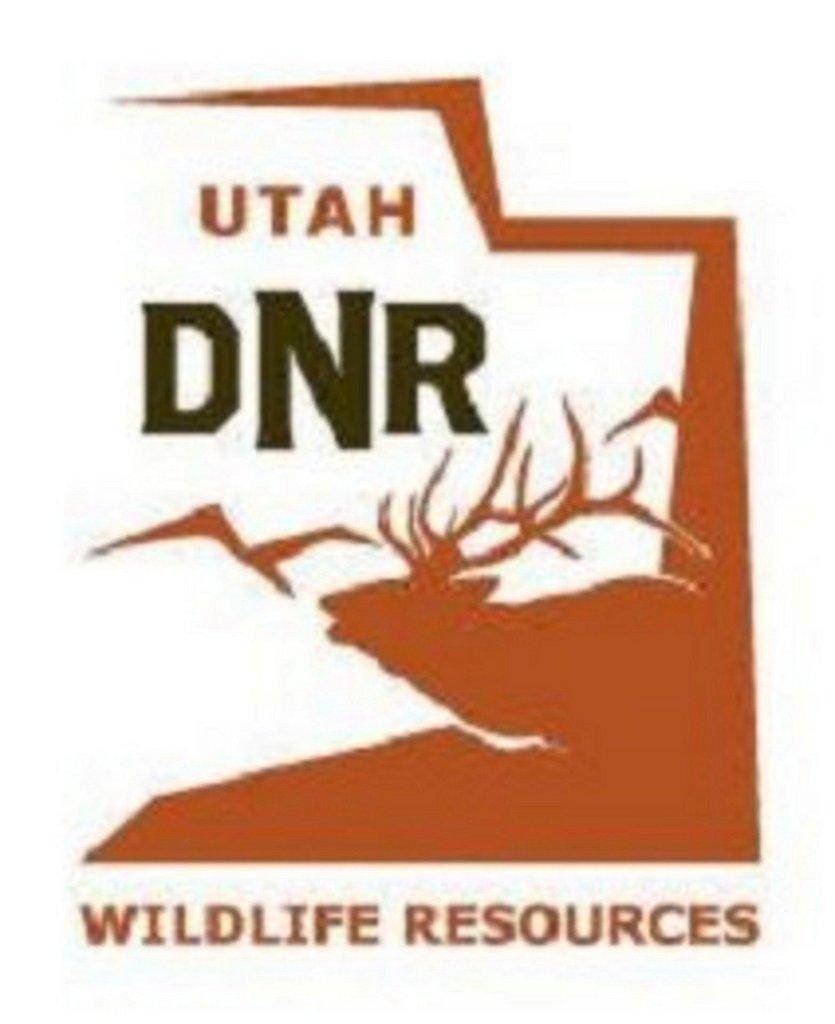DWR Press Release
Quick action and training are the reasons a Utah Division of Wildlife Resources biologist is resting comfortably at home with his family today.
The biologist, a 20-year veteran with the DWR, was released March 15 from the Utah Valley Regional Medical Center. He was hospitalized after accidently being injected with a tranquilizer meant for a bear.
“This experience is a good example of the risks our biologists often take, to manage and protect wildlife in Utah,” says Mike Canning, assistant DWR director. “We’re so thankful that he’s OK and that he’s back home with his family.”
The biologist’s experience started on March 14, as he and six other DWR personnel were visiting bear dens in the remote Book Cliffs in eastern Utah.
The DWR monitors the annual survival and reproduction rate of black bears by tracking bears that biologists have placed radio collars on. Once the collars are placed, biologists can use radio telemetry equipment to locate the bears’ winter dens. After locating the dens, biologists dart and tranquilize the bears, check their general body condition, replace worn radio collars and look for cubs.
At about noon on March 14, the seven DWR personnel located the den of a female bear (called a sow) that had given birth to two cubs during the winter of 2015 – 2016.
“We were curious to see if the cubs had survived,” says Dax Mangus, regional wildlife manager for the DWR.
The sow had excavated a den under a large rock on a steep hillside in a canyon. “We successfully darted the collared female and noticed one yearling bear also in the den with her,” he says. “We loaded another dart, and were ready to dart the yearling, when the dart accidently discharged and struck the biologist in his hand.”
Working with wildlife chemical immobilization drugs always presents risks, but the DWR has an excellent safety record. If an incident does occur, DWR personnel are trained to respond. In fact, of the seven DWR personnel who were present, five of them completed the agency’s annual wildlife chemical immobilization training two weeks ago.
“We acted on our training,” Mangus says. “We noted the time of injection, the dosage received and then we started monitoring his condition. We knew we had only 15 to 20 minutes before he possibly lost consciousness, so we knew we had to act fast. We didn’t have any cell service. And, in the steep, timbered canyon, we knew we couldn’t safely land a medical helicopter. So, we made a plan.”
The biologists divided themselves into teams and immediately sent the biologist and two others to the top of the ridge where they could get cell service to call for help and where a helicopter could safely land. “We also sent two individuals back to get our vehicles,” Mangus says. “The remaining two employees gathered up all the equipment and then headed to the top of the ridge where the biologist was.”
Mangus says the biologist hiked to the top of the ridge under his own power, but then he started to feel weak. “We had him sit in the shade, gave him water to sip and kept him engaged and alert,” he says. “As soon as we had cell service, we notified police dispatch and gave a GPS location so they could send a medical helicopter to transport the biologist to a hospital for treatment.”
At about 2:45 p.m., the helicopter arrived and shortly thereafter the biologist was flown to the Utah Valley Regional Medical Center where he was treated. He was released on the morning of March 15 and is now resting and recovering with his family.
“We feel fortunate that we were able to develop a quick response to the incident and get appropriate medical help in a timely manner, despite being in such a remote location,” Mangus says. “We’re so happy that he’s going to be OK. He’s an awesome co-worker and a great friend.”

